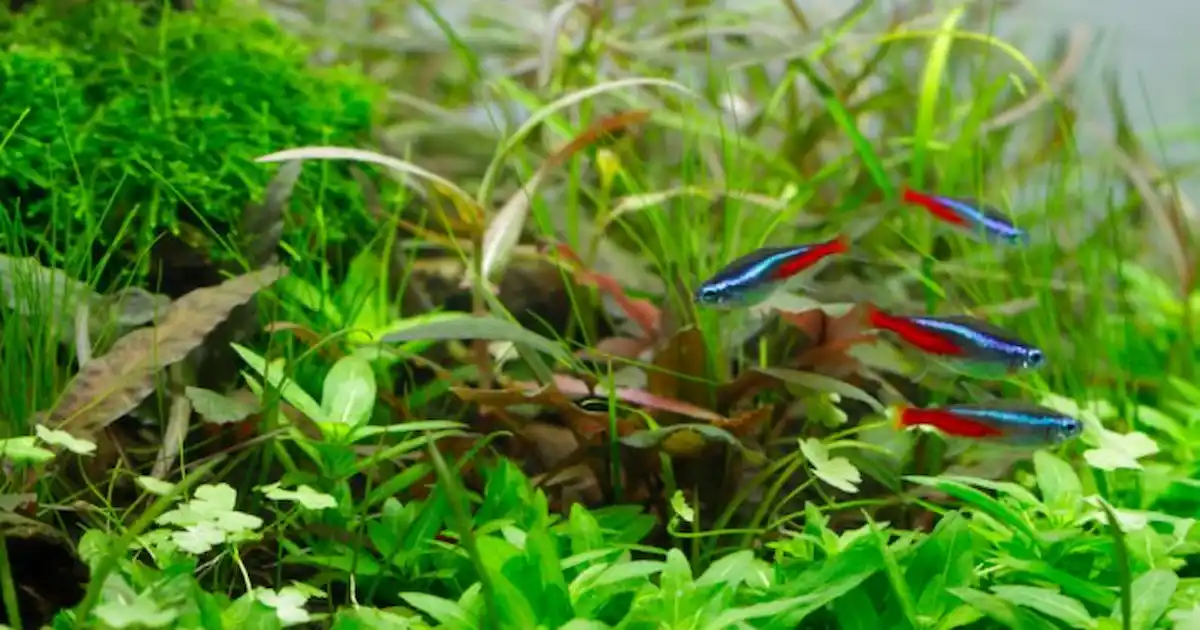Having pondered this more, I think George explains his rationale here a bit more;
George Farmer takes a look at how to measure the levels of CO2 in the planted aquarium to ensure it benefits the plants, while remaining safe for your fish.

www.practicalfishkeeping.co.uk
(I’ve no doubt this has been posted a million times elsewhere)
So, bottle of drop checker solution (comprised of pre-mixed 4dKH water and B.Blue indicator reagent) - check.
RO water - think my LFS will sell me a litre if I ask nicely
Extra B.Blue as provided in a widely used low range pH test kit - check (incidentally, I could find no other readily available sources of B.Blue without contemplating approaching a dedicated chemical supply company)-check
Test tubes/beakers with calibration markers and pipettes/syringe with similar - check
I totally get what your saying about long -term economics of bulk raw materials Darrel, but I’m not quite ready to be making my own specific dKH base solution yet. I’m curious to test co2 augmentation as I happen to have the gear from a previous, more gung-ho version of myself a few years ago but can’t really ever see it as something I would risk on anything other than plant-only tanks, say for grow out/propogation purposes.
Either way, most grateful for pointing me in the right direction.
I find a lot of this science and equipment , at least for me, reminds me of typical early driving lessons. You’re so consumed with the pedals, gears and indicators that what’s actually going on beyond the windscreen is hard to focus on initially .There are no dual pedal/instructor co2 rigs in aquatics though.
Many thanks, as always D
kind regards
Bg



